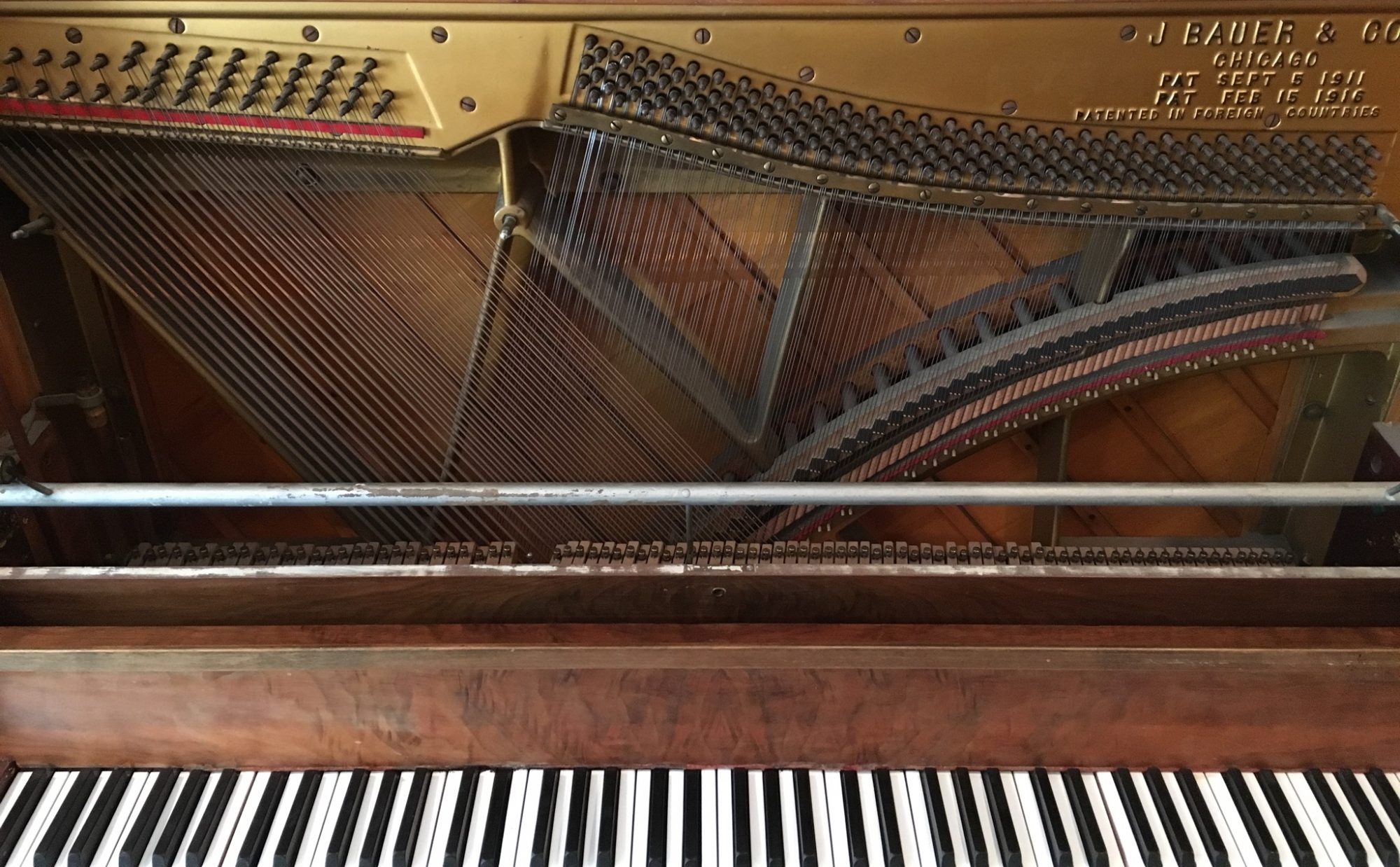5 Vocal Warm ups for Tenors
I’ve been honing a series of male vocal warm-ups for over a decade with my students. Regularly following this series of five warm ups helped us develop in an excellent way.
These are intended for a rock/pop tenor wanting to improve his range. The first three strongly engage the mix range by using sounds that focus at the pharyngeal area of your vocal anatomy.
Let the notes come out naturally, do not push or force anything. If the notes are outside of your vocal range, sing softly somewhere close by or do not sing at all until it gets back to your range.
If anything hurts, stop immediately and rest. Consider hiring a qualified vocal coach to correct your technique.
1.) 54321 — singing Ng
Make an “ng” sound like at the end of running or singing. Done correctly, your tongue should be up against your soft pallet. Airflow: 0% oral, 100% nasal.
2.) 12345 — French “Ahn” sound
Drop your tongue ever-so-slightly from your soft pallet to allow a small percentage of air to flow from mouth while doing this exercise. Airflow: 30% oral, 70% nasal.
3.) 13531 — Knee sound
Use a nasally “nee” sound for this one. Airflow: 70% oral, 30% nasal.
4.) Mums
Circular mum sounds, ascending then descending. I get pretty high up there! Most people will not be able to sing the notes at the top of my range! That’s okay, just hum some comfortable notes until the notes are back in your zone and rejoin.
5) Head voice
This last warm up focuses 100% on your head range, Micky Mouse sounding voice. I’ve discovered that I have greatly extended my upper vocal range by regularly singing way up there, which has helped my rock/pop voice, like getting highs like Freddy Mercury, Robert Plant, and Bruno Mars.
Go easy, if it doesn’t happen at first, try howling like a wolf to “feel” that upper range.
That’s all for now.
Let me know if you want more. There is another range (maybe two) above this head voice range called the “whistle range!” It’s way up there and allows me to hit high soprano notes.
Hope this helped.
Safety First
Remember to take it easy…your vocal anatomy is delicate and needs to develop over time. It’s flesh and muscles, so like an athlete, plan on working regularly, but don’t hurt yourself! Be sure to be sensitive to the feel of each range and don’t over do it. You should never feel sore after doing any of these. If so, stop immediately and rest your voice until it’s comfortable to start again.
